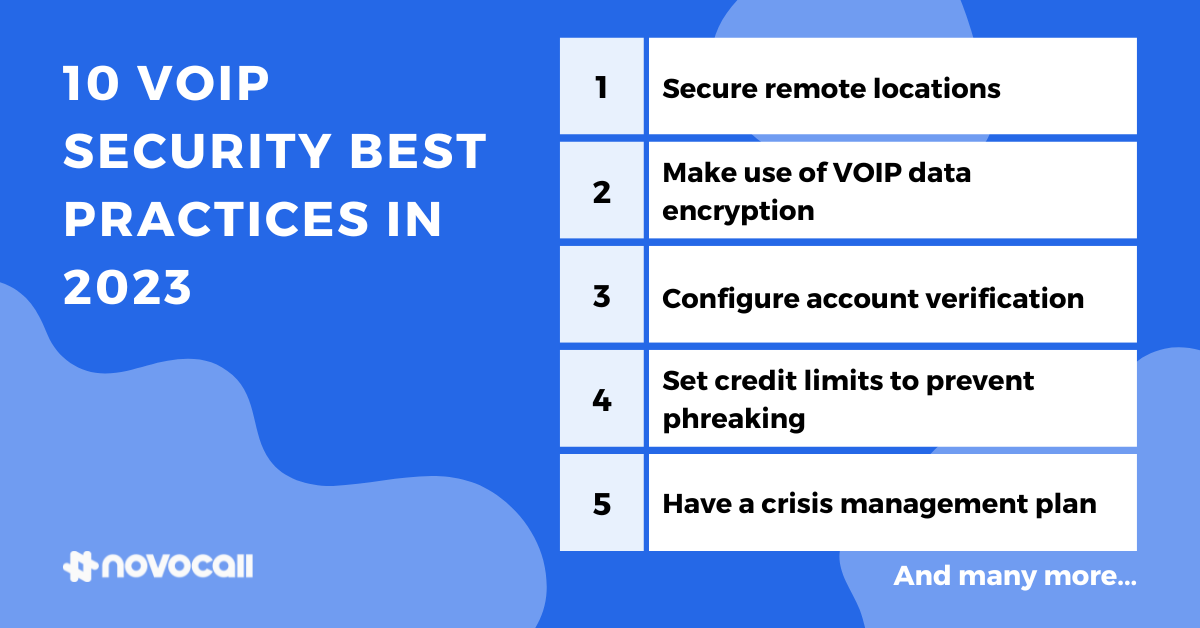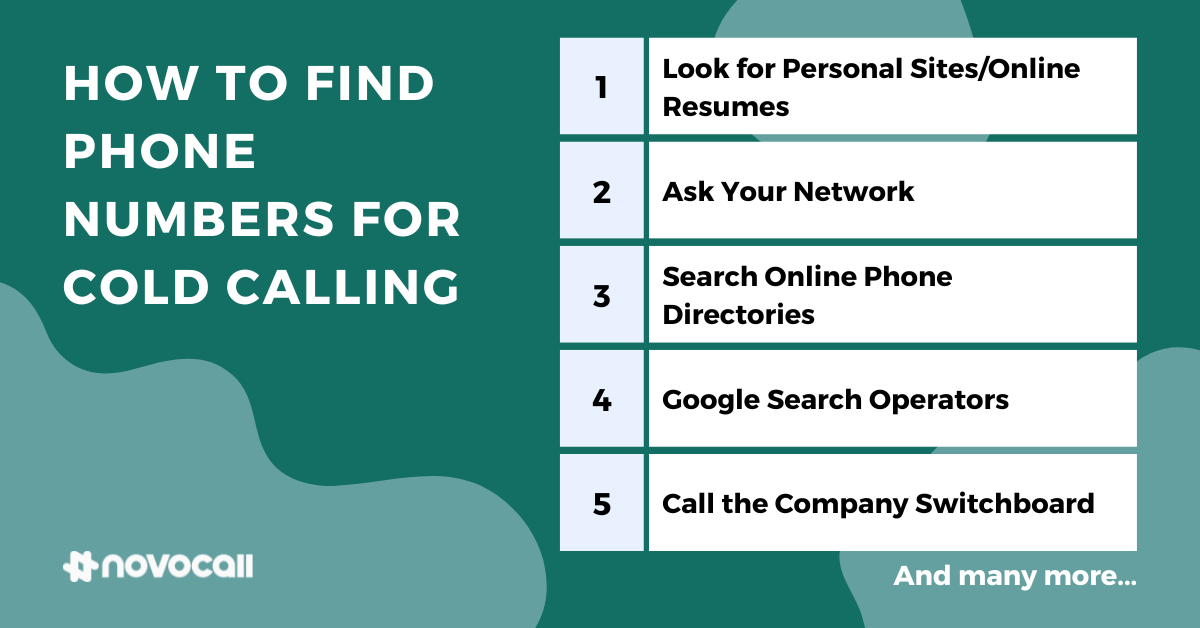Many believe that live chats have the potential to seal website traffic leaks and that it effectively prevents bounces or cart abandonments. For Polish water treatment engineering company Klarsan however, this proved otherwise.
Turns out, one thing live chats attract is a lot of spam. Dealing with scores of uninterested users who abuse the website’s live chat responses for amusement, Team Klarsan suffered from low productivity, on top of a high bounce rate.
The sales benefits of a call-back system became quickly apparent after implementation. Apart from an 80% call success rate, they began seeing a monthly average of 100 calls.
“This translates to 100 more sales opportunities each month, and a significant improvement in web conversion rates,” reports Klarsan marketing manager Piotr Leśniak.
In a study on 1,850 customers from 6 countries, 68% preferred being entertained via phone for addressing concerns and support issues.,
If, say, your customer had the following choices:
- Scheduling a real-time voice conversation with a product specialist who can listen, process their pain points, and provide helpful, feasible solutions,
- Nursing an email thread going back and forth with a sales representative,
- Typing questions and awaiting responses from a live chat agent,
Without a doubt, your customer will always choose to talk with a sales professional who can advise them on their buyer concerns properly, even if they had to schedule the call at a different time. Novocall’s call-back system makes this possible.
Similarly, Singapore-based travel agency EU Holidays, noticed that their customer inquiries would be made after business hours. “working people call in after working hours, like 11 PM, and they had to leave messages to reschedule a call. It was very manual,” shares EU Holidays digital marketing manager Kevin Cheng.
Because of this timing mismatch between service hours and buyer behavior, EU Holidays saw both numbers for their average monthly requests for call-backs and missed calls continually soar. Their website-to-call conversion rate, on the other hand, tracked a steep downward incline.
After embracing a call-back system for digital customer re-engagement, EU Holidays made touching base with their prospects drastically simple. Customers appreciated being in control of scheduling consultations with their tour representatives.
The results? More than 100 successful calls generated, over 200 WhatsApp messages and new leads, and a whopping 20 percent sales increase.







